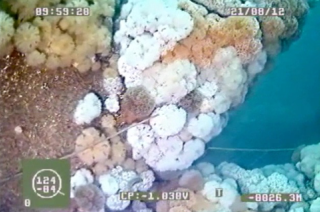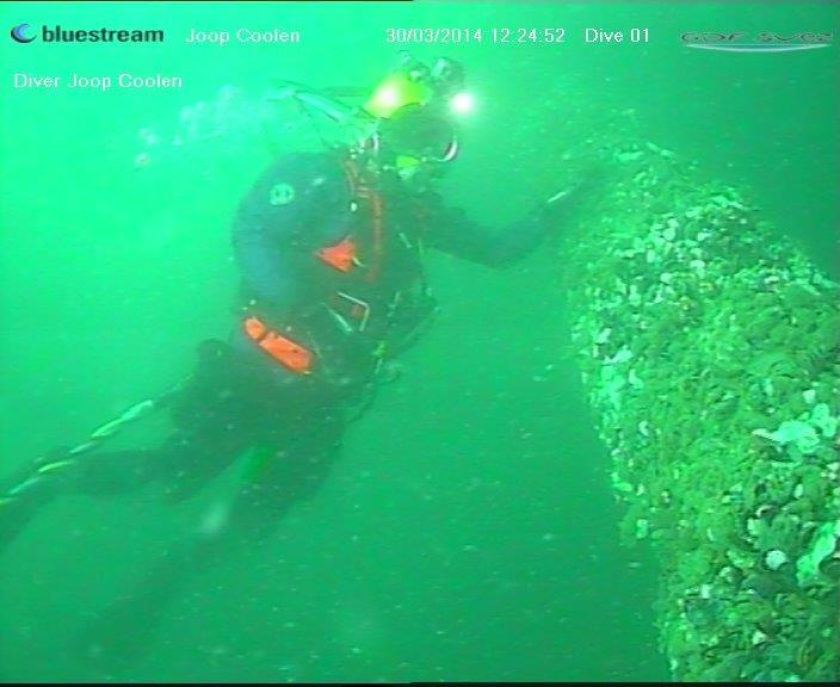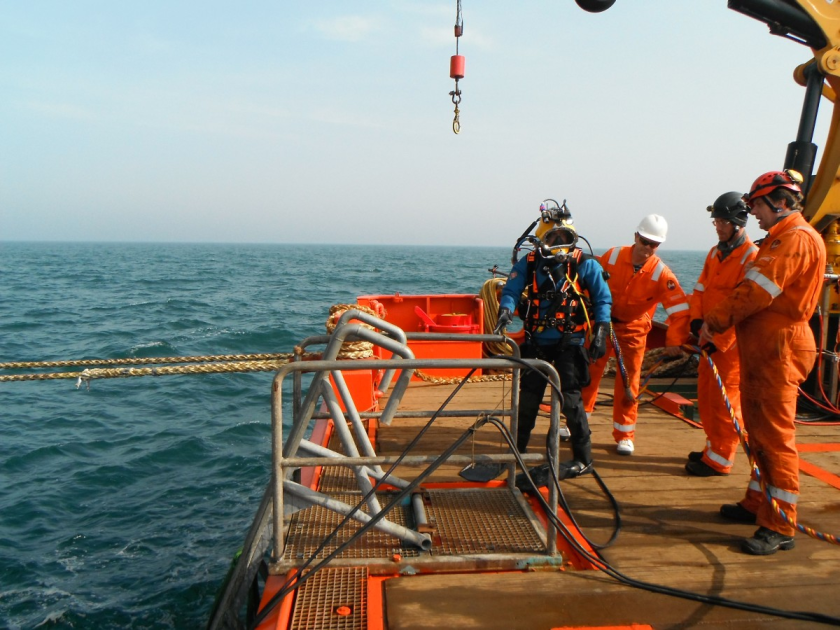
Project
RECON: Reef effects of structures in the North Sea: Islands or connections?
The aim of this study is to investigate and model the species distribution and inter-connectivity of reef communities on artificial offshore structures in the North Sea, using different techniques.
First, the study provides community data from taxonomic species inventories. Second, a cost efficient method for inventory of communities is developed using state-of-the-art DNA metabarcoding. Third, the genetic population structures of the mussel Mytilus edulis and crustacean Jassa herdmani, abundant invertebrates with different dispersal strategies, are analysed. Ultimately, the data from this study and other available data are used to model the distribution of species on offshore structures and their inter-connectedness.
Main questions
- What is the species composition of marine growth on offshore structures?
- To what extent is this composition explained by abiotic factors (e.g. depth, temperature, location, platforms age, marine growth cleaning frequency, et cetera) and biotic factors (e.g. food availability, proximity to marine growth on other offshore structures, distance to coastal populations, et cetera)?
- To what extent are the communities on the structures isolated from or connected to each other and how is this explained by the factors noted earlier?
Methods
In addition to analysing existing footage collected with remotely operated vehicles, we carry out fieldwork in a highly cost efficient manner, using fully equipped mobilized diving-vessels already present at offshore installations for regular inspection and maintenance work.
Partners
Part of the work is financed with cooperation and co-funding from ENGIE E&P Nederland B.V., Nederlandse Aardolie Maatschappij BV (NAM), Wintershall Holding GmbH and EBN B.V. RECON is funded by the INSITE – INfluence of man-made Structures In the Ecosystem - fund and is linked to the STW EDSPOD project.

